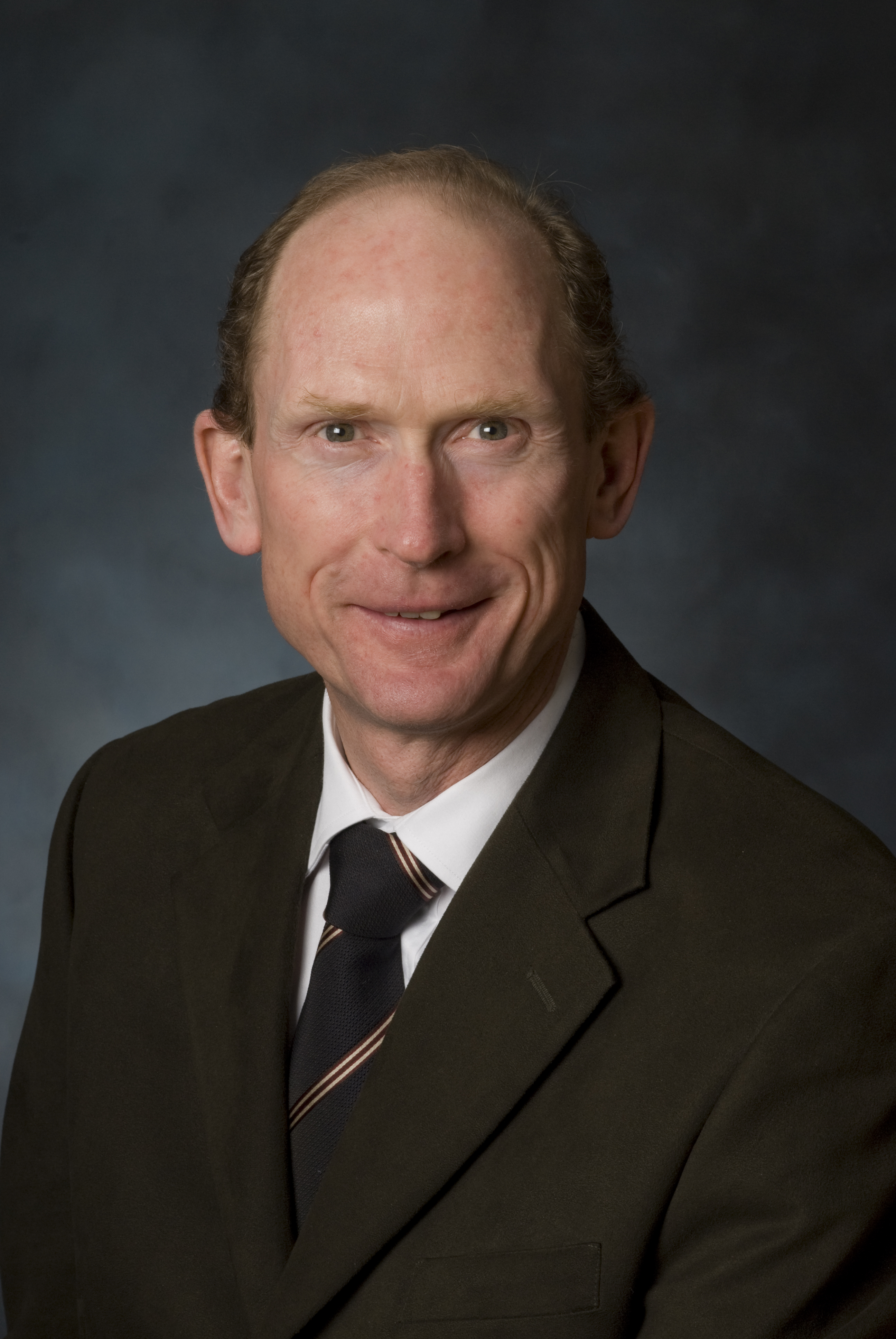East Vancouver Youth Mental Health Project

I would like to tell you about a project that I have had the privilege of working on for the last 15 months.
It all started because of my attendance at an Institute for Healthcare Improvement conference in Nashville, Tennessee, in December 2008 when I, together with some 6000 people from around the world, heard about a pediatric trauma surgeon in Cincinnati, Ohio, who did something amazing.
Tired of trying to save the lives of kids who had been victims of violence and would undoubtedly return to his operating table, he was determined to reduce the number of homicides in his community. It was a collaborative effort that brought together several groups including schools, police, and social workers.
The interesting aspect was that the whole project, which showed amazing results over a very brief period, was started by a physician who wanted to make a positive change. This story had a deep impact on me and inspired me to think about what I could do that might have a lasting influence during my year as president of the BCMA.
Presidents don’t get to pick their agendas, and uncertainty is the norm, but I was quite certain that there would be no major negotiations during my term, which would allow me some freedom. The idea of doing a pilot project that would see our association join with others to improve the health of a population in the Vancouver Eastside had been stirring in my mind since last February.
Working with a group of BCMA staff and board members, I was able to see the initiative of a youth mental health project come to life—a collaborative effort that saw us join forces with Killarney Secondary School, the Vancouver School Board, the Ministries of Health Services and Children and Family Services, Vancouver Coastal Health Authority, family doctors, and East Vancouver community youth groups right from the start.
The goal of the program was to identify and close gaps in mental health care for youth by integrating family physicians into the local mental health community and Killarney Secondary School. Our initial analysis showed excellent crisis intervention for suicidal teens but obvious deficiencies for early intervention in children with low- to moderate-severity mental health challenges and early-stage depression.
We all came to realize that adolescent and youth mental health problems are not simply solved by applying a “light” version of our adult mental health learning. The social and developmental complexities of this age group demand special skills in interviewing with questionnaires that are specific to teens.
As the clinical content was being developed by our child and youth psychiatrists, local family physicians were enrolled in what would become the Practice Support Program (PSP) Module on Child and Youth Mental Health. With support from the General Practice Services Committee, local project managers conducted a service-redesign project to begin identifying local solutions for the local gaps in care.
I was one of several physicians who was able to get into the school and start using some of the techniques learned from the PSP training module. Using tools such at the KADS-6, Teen Functional Assessment, and the TASR-A, I could confidently obtain information that would guide me in assessing the severity of the problem and planning appropriate interventions.
I learned the value of being patient with these teens and how to resist jumping directly to the prescription pad. I made good use of the “mood enhancing prescription” that focuses on sleeping, eating, and exercising habits of teens and how they can work for or against good mental health.
Before the implementation of this program, navigating the many mental health services available to youth in East Vancouver was a challenge. Now, however, accessing mental health workers and their areas of expertise has never been easier, and with less fear and trepidation general practitioners are signing up to take referrals in this community to see teens with depression.
So where are we going from here?
On 3 May the East Vancouver Mental Health Project officially launched! Already we are seeing physicians and school boards showing interest in our accomplishments in Killarney, and we expect and hope that this project will be replicated across the province.
I would like to end with a question that was posed to me by the head counsellor at Killarney School when this project was in its infancy. He asked me, “Do you think, Dr Brodie, that when this project is complete that there would be a chance that I could actually call a family physician and refer one of my students who needs some help?”
This scenario has become a reality for his school. And even better, physicians are able to come into his school, see the youth in the environment where they spend much of their time, and deliver timely care using skills they have learned.
If you have an interest in child and youth mental health and would like to gain new skills and forge partnerships with your school board, please write to me at president@bcma.bc.ca.
—Brian Brodie, MD
President

